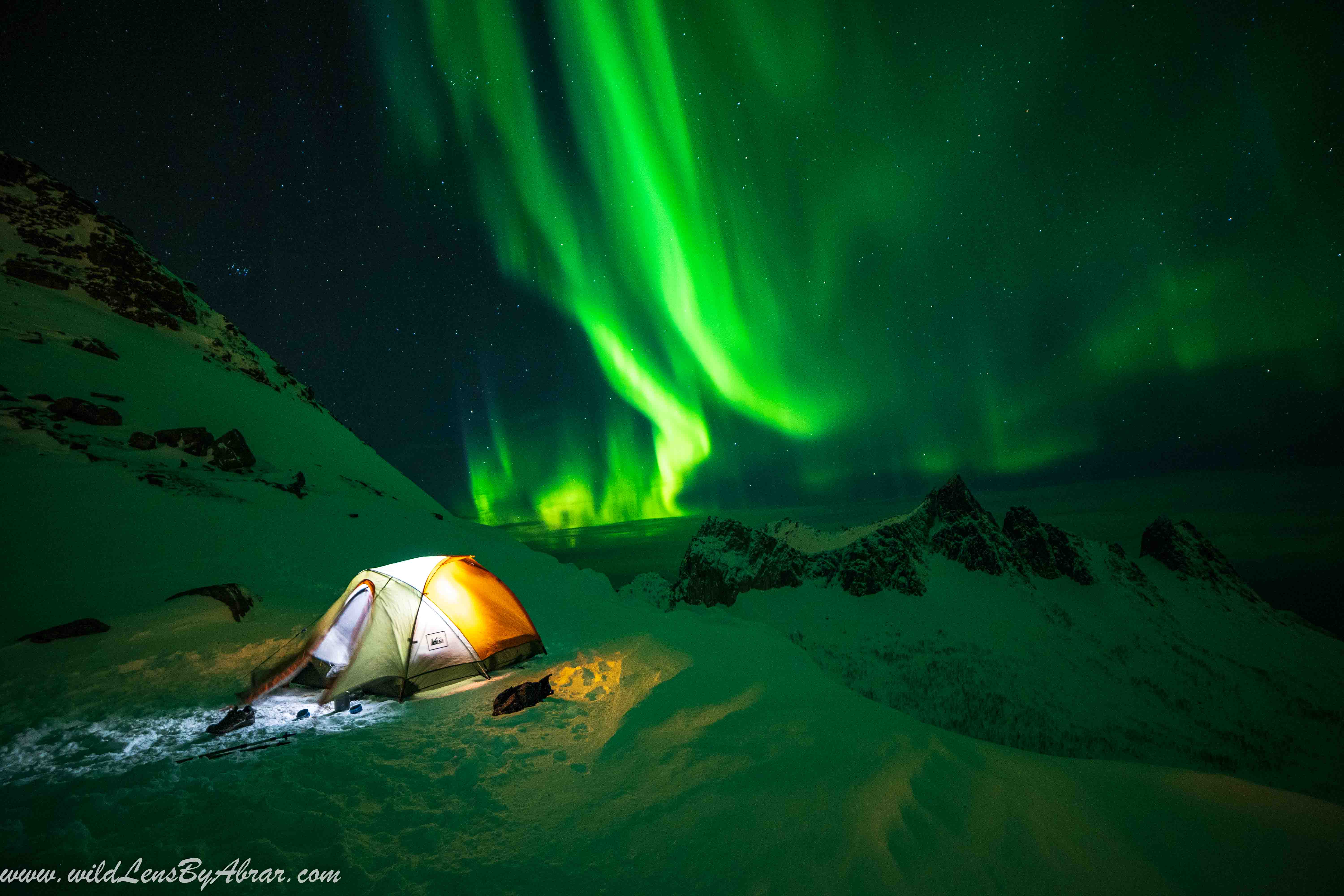
#Best time to see northern lights full#
The best season to see the northern lights in Iceland with solid darkness is from September to March, as these are the months where there are full dark nights. Auroral activity can happen at ANY time, we just lack the proper darkness to view it outside of that time frame.)Īnd speaking of darkness, guaranteed darkness is the first most important factor.

The aurora may have a season, but that season is only bound to our light cycle. It is always good to remember when dealing with a wonder of the natural world, that there are exceptions for every single thing. (It is not impossible to see the lights in early August or mid-April, but typically it would be too bright before and after that timeframe. There are theories that while these occurrences may be happening simultaneously, they may be more like siblings, than twins, in appearance.Īs mentioned early, to see the northern lights in Iceland, it is important first to be here in the correct season, which is mid-August to early April. This of course means that the Auroras are often happening, even if they aren’t visible to us down on the ground. Due to color frequency, some of these are harder to see than others.Īccording to the Northern Lights Centre in Canada, scientific studies have found that the northern and southern Auroras often occur at the same time as mirror images. These colors are created by the collision of the particles with different gases, and so it is not impossible for rarities like yellow, orange, blues, and reds can occur. They are visible in the magnetic polar regions of the northern and southern hemispheres (they are known as Aurora Australis in the south) and they can range in color from white, green, red, pink, and purple.ĭepending on your own personal color processing, these colors can appear differently to you than to your neighbor, which is a curious thing to explore when viewing an aurora with a friend. The northern lights are the result of electrically charged particles from the sun colliding with gaseous particles in the Earth’s atmosphere, causing displays of bright, colorful dancing lights.

First, a little bit of background on the aurora.


 0 kommentar(er)
0 kommentar(er)
